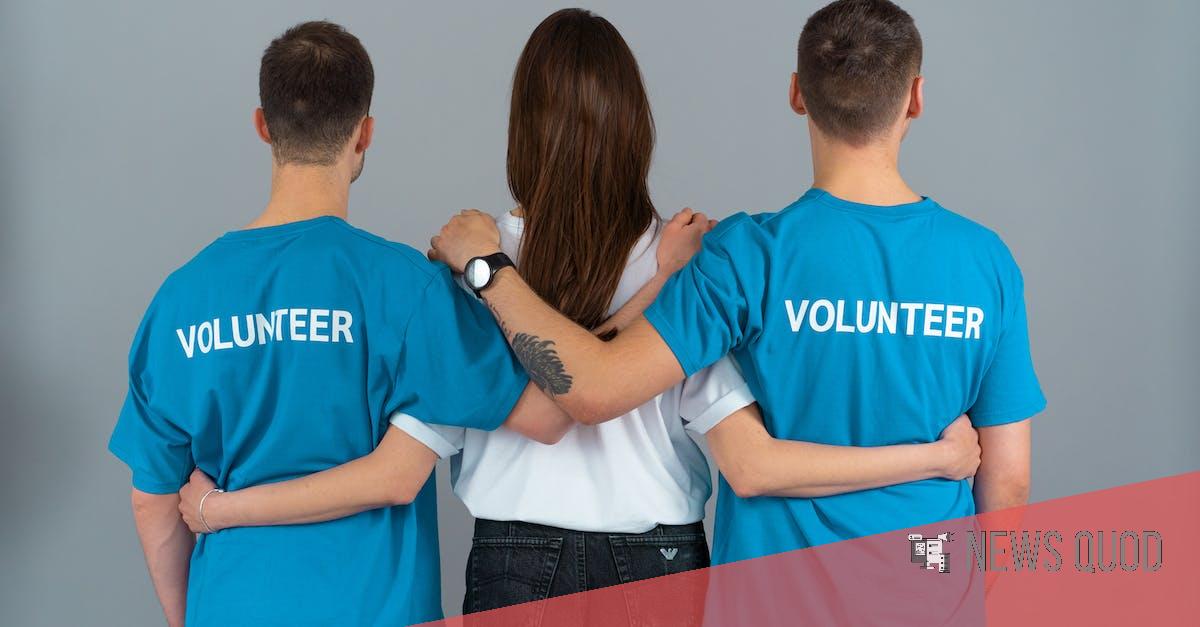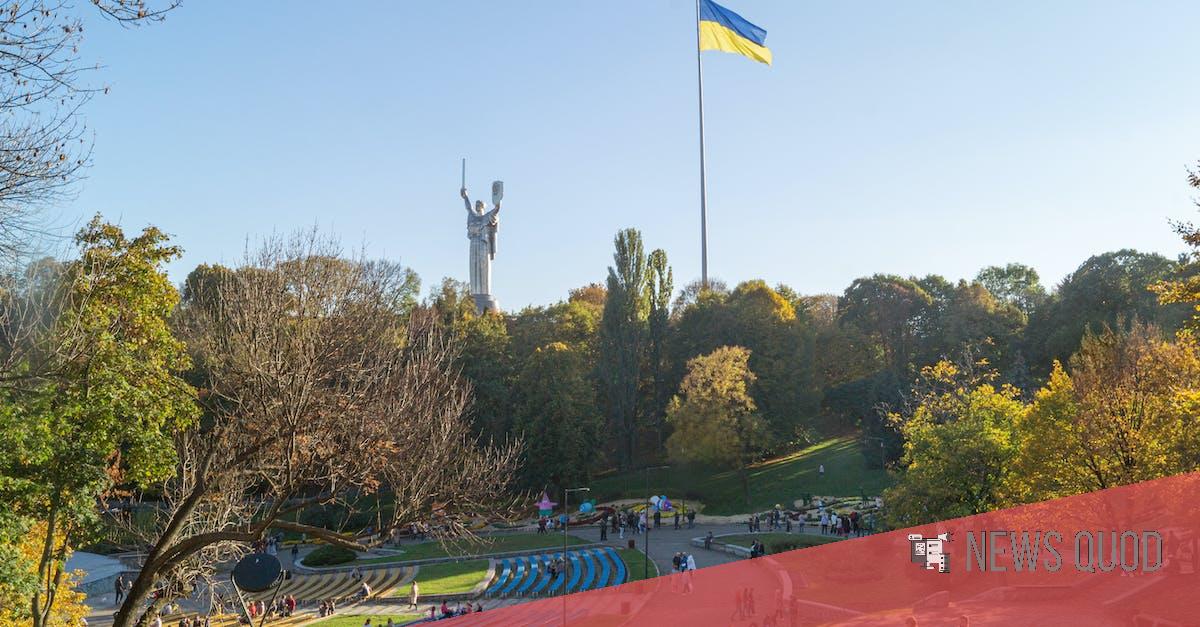Hanae Mori: How fashion can be a force for good

Hanae Mori was a fashion designer who was a specialist in the translation of traditional Japanese fashions to Western fashions. Because she was born into an exclusive family of Western-styled women, and the only female of her class with a skirt and blouse and not an kimono. This makes her uniquely qualified for the task. Mori wasn’t planning on becoming the next fashion designer. She only attended the postwar Tokyo dressmaking class to help her get through. Her rise to fame was swift within the Japanese fashion industry and soon became one of the most renowned fashion designers. They will remember her as a trailblazer in the world of fashion as well as an early pioneer of fashion mixing.
Though she had initially intended to make clothes for herself and her kids, she discovered that Western clothing was more appealing to her. The process involved the creation of pieces using odd shapes, darts gatherings, and drapes each of these elements came together in a way that gave a tighter fitting than the basic tubes used in Japanese clothing. Then, she established her own atelier, which was located above a noodle bar located in the Shinjuku district in Tokyo. This area had been completely damaged during the Second World conflict, with the exception of an abandoned railway station. Through the US occupation, there was a black-market and entertainment industries developed around station that served Americans as well as Japanese people.
Hand sewing machines were designed on-spec and made-to-order fashionable western-style women’s attire for the two cultures. The area had a big movie theater that was attracting movie industry professionals. First, the producer asked her to provide clothing, and later in the course of designing costumes for films – she worked on hundreds in the span of a decade. In addition, she even styled film stars’ own wardrobes. Then she was married to Kenzo Mori, an executive from a textile manufacturing family, acting as the manager her business grew along with the economic growth of the country, from an informal workshop to boutiques.
Presenting the latest fashions with a monthly newsletter which later developed into a magazine Ryuko Tsushin. She advised women in the difficult process of transitioning to western wardrobes, which made women uncomfortable because they exposed more than necks and hands and hands, confused by strange objects and in a position to not be able to bend down on the floor that was matted in an uninviting home. Her success was so great that she adopted a unique approach to learning French couture. In the course the past, she went to Paris to meet and order dresses from designers she liked, including Hubert de Givenchy and Coco Chanel The latter of whom amazed Mori with their advice that she must wear an orange.
Japan is known for its traditional values, however lately, there has been an evolution toward the modern age. Fashion designers increasingly incorporate Western elements in their fashions. One designer who is doing this is Rei Kawakubo. Kawakubo is well-known for her distinct fusion between Eastern and Western designs. Her clothes are usually designed to create the look that a kimono has without being restricted by its traditional style and shape. In the year 2000, she launched her debut couture collection that was titled “East Meets West” in New York City. It was timed perfectly to attract the Jet-Set era’s taste for exotic, cultured style.
Mori additionally wore Masako Owada’s wedding to the Crown Prince Naruhito. Also, she learned during her time in the US about high-end fashion, a new concept within Japan as well as licensing. thanks to these, she was able to establish the name of her company and its butterfly logo across Japan as well as around the globe. She had a stable financial position and was famous in the US as she established its Paris salon back in. In, she was selected to be a member of the Chambre Syndicale de la Couture Parisienne.
Learning Results
To conclude, Rei Kawakubo’s “East Meets West” collection represents an overall trend within the fashion industry towards an more contemporary aesthetic. Fashion designers are more and more embracing Western influences and a shift towards an affluent style is an indication of this shift.








